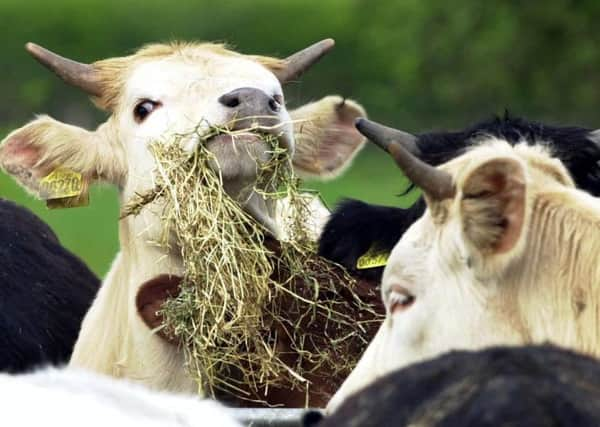BSE farmer in Aberdeenshire speaks of '˜devastation' after Mad Cow Disease confirmed


Thomas Jackson, of Boghead Farm in Lumsden, said it had been a “difficult time” since the disease was detected in one of his cows.
Four others in his herd have been destroyed as a precaution since the case was confirmed, the first of its kind in Scotland in a decade.
Advertisement
Hide AdAdvertisement
Hide AdMovement restrictions are now in place at his farm with no animals to leave or arrive at his property as tests continue.
Speaking through NFU Scotland, Mr Jackson said: “This has been a very difficult time - we have found the situation personally devastating.
“We have built up our closed herd over many years and have always taken great pride in doing all the correct things.
“To find through the surveillance system in place that one of our cows has BSE has been heartbreaking.
Advertisement
Hide AdAdvertisement
Hide Ad“Since this has happened we have been fully cooperating with all the parties involved and will continue to do so as we, like everyone, want to move forward and clear up this matter.
“The cohorts and offspring of the cow have now been identified and as a purely precautionary measure they will be slaughtered and tested in due course; again we are fully co-operating with all the parties with regards to this.”
Scotland’s Chief Veterinary Officer Sheila Voas has warned it could be months before definitive test results are available.
The case emerged after the farmer carried out initial blood tests on the dead cow, which are now routine following the death of any cow aged over four.
Advertisement
Hide AdAdvertisement
Hide AdThe monitoring was introduced after the crisis in the 1980s and 1990 when 4.4 million animals were slaughtered in order to eradicate the disease in the UK.
Cattle veterinary experts have suggested that the Aberdeen case could have been caused by a genetic mutation, with no risk to animal or human health expected.
